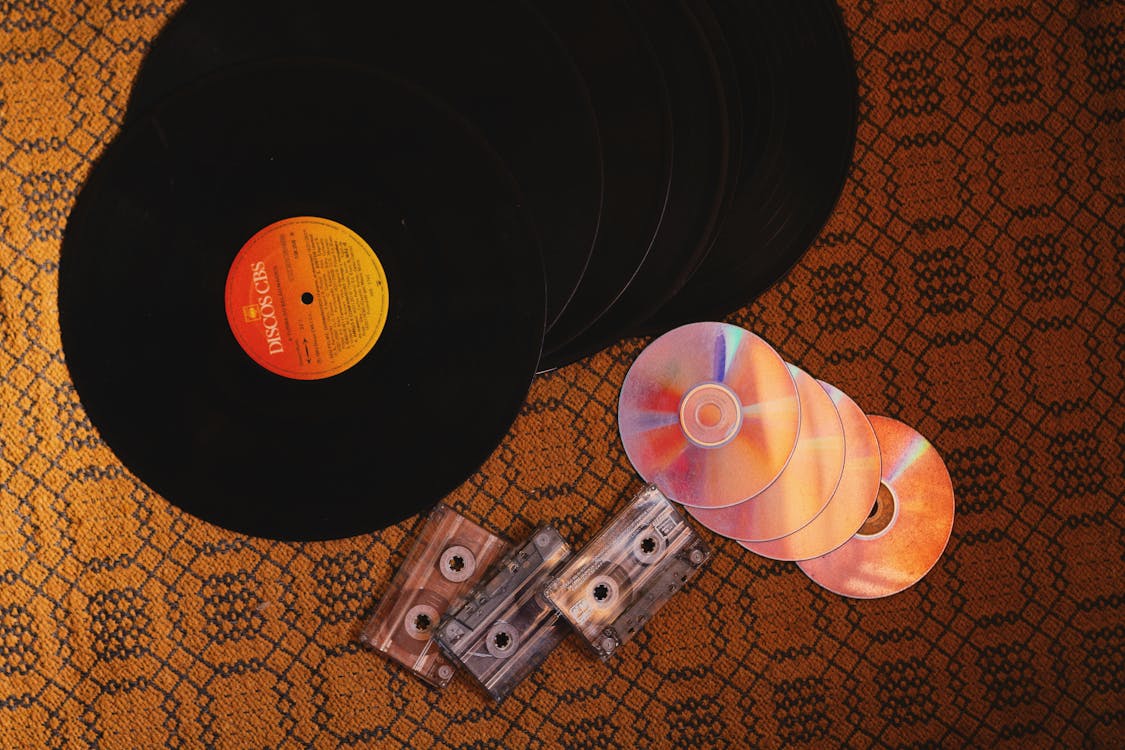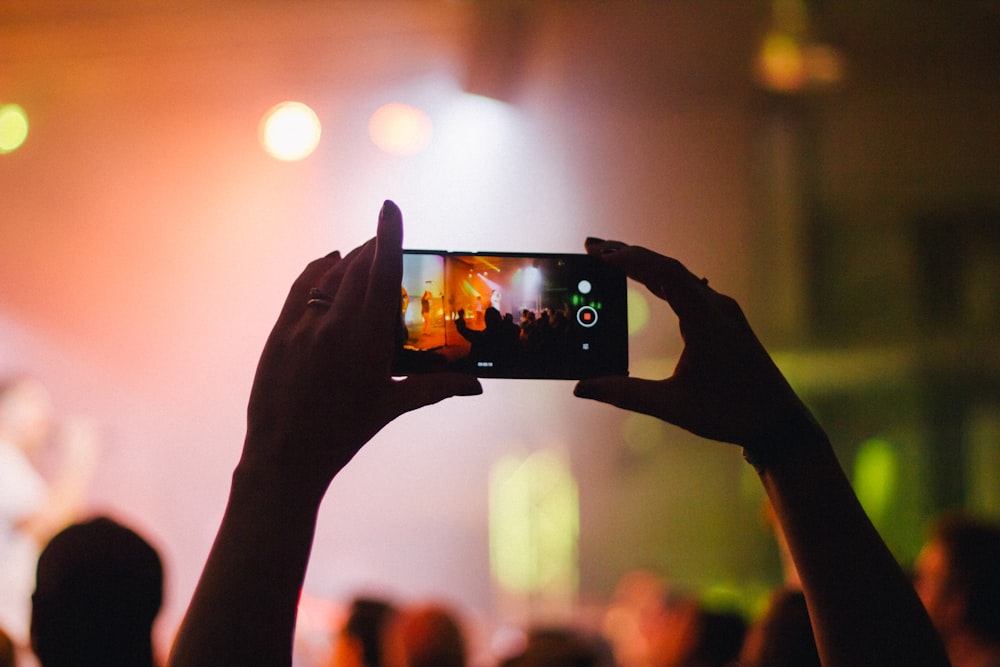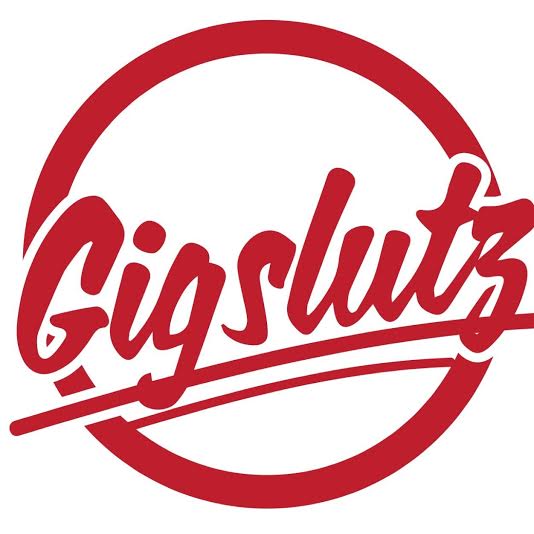In the age of technology, how has music promotion adapted, and what techniques have come to the forefront? Let’s take a look.
Exclusive access to bonus content
Offering bonus content to either new or existing subscribers has become an extremely popular marketing technique over the past few years in the entertainment industry, from YouTube allowing users to ‘become a member’ of a channel, pre-ordered movies gifting behind the scenes content, and even online casino promotions. For example, when players sign up to an online casino platform, they often can claim a live casino bonus sign-up offer such as bonus roulette chips, free gameshow or blackjack bonuses, and existing customers will have access to daily jackpots, and more.
This marketing technique is also becoming more widespread in the music industry, with several artists promoting their new albums by offering bundles containing bonus content. Whether this is merchandise, tapes, records, CDs, or signed photographs, these individual pieces are often not available to purchase by a wider audience. Instead, they are only able to be bought by new or existing fans who choose to pre-order their upcoming album, thus unlocking bonus content.

Source: Pexels
Another example of this is exclusive video content. A technique popularised primarily by influencers and YouTubers, subscribers are able to sign up to the artist’s platform – which sometimes can come with a set subscription fee. In doing so, the subscriber will be granted access to exclusive video content, which could be tapings of live performances, acoustic covers of their songs, behind the scenes footage of filming music videos, backstage access to the artist’s tour, and so on. Though this might not necessarily boost sales of albums like the first, this promotes the branding of the artist themselves, and shows how valued the listeners are, ultimately boosting brand loyalty.
AR and livestream concerts
Over the years, virtual online experiences have become more and more popular, with 28% of adults worldwide stating that they would be extremely or very interested in trying out a virtual or online music concert. As the market for these experiences are set to continue to rise over the next few years, if popularity is set to rise at the same rate market size, interest in such events could rise as high as 90% by 2026. Now, although this is largely speculative, it is true that more and more artists are choosing to incorporate elements of virtual reality (VR) and augmented reality (AG) into their shows.
Source: Unsplash
Perhaps the element that has caught the most headlines is the use of avatars or AI-generated animations of the artist to perform the concert, rather than the artist doing so in person. However, perhaps the most exciting development is in AR – AR can be used to enhance the experience for those both watching in person or live streaming from home, incorporating complex 3D animations into performances. When audiences in person take out their phone, a whole new perspective of the show will be brought to life – one that can only be seen through the lens of technology.
Final thoughts
In the digital age, there are many new and innovative ways to advertise music, particularly when it comes to up-and-coming technologies like AR. By making the concerts more interactive in this way, and accessible to audiences from home, this makes both the in-person and virtual experience wholly more immersive. However, this doesn’t mean that the tried-and-tested techniq







